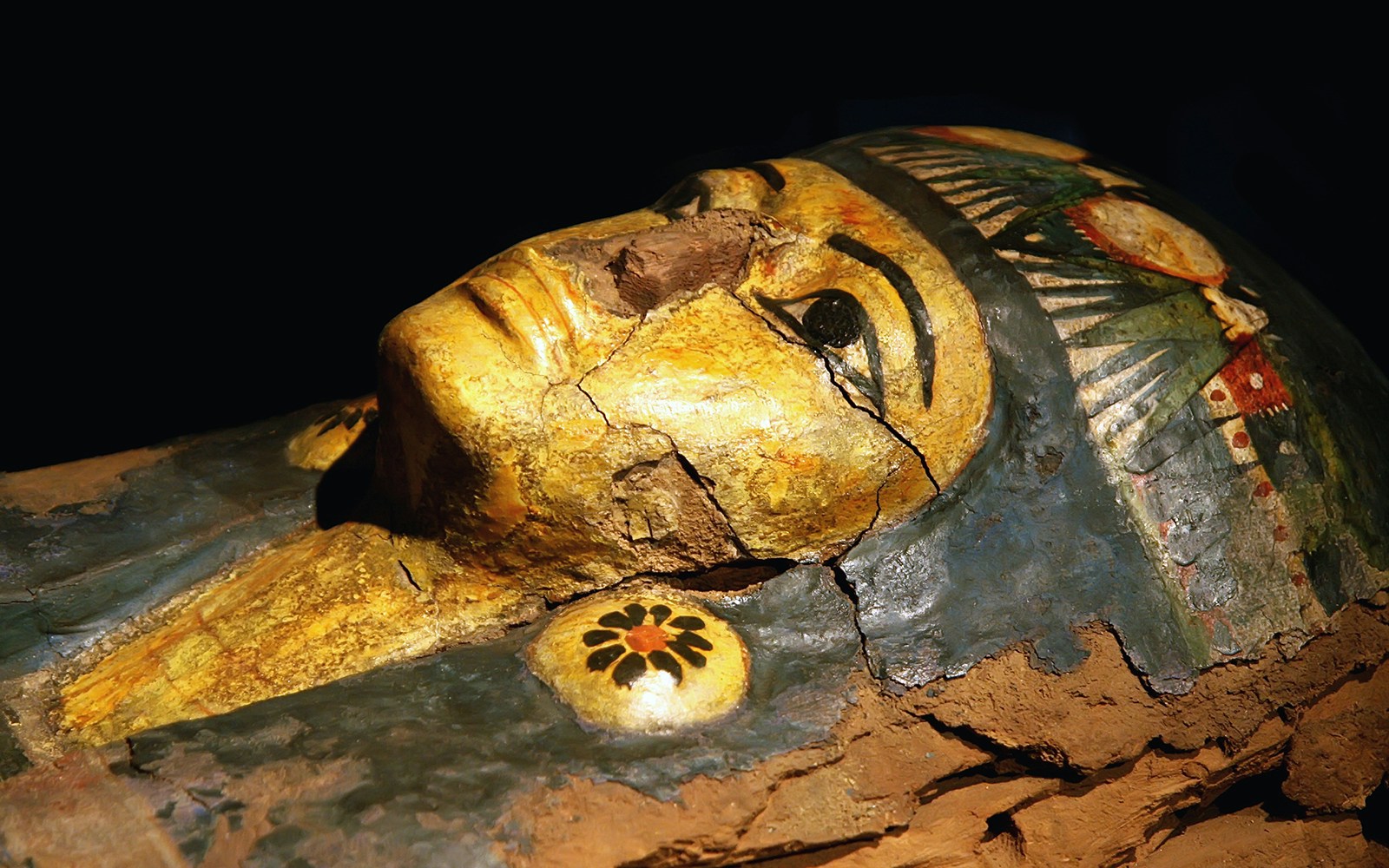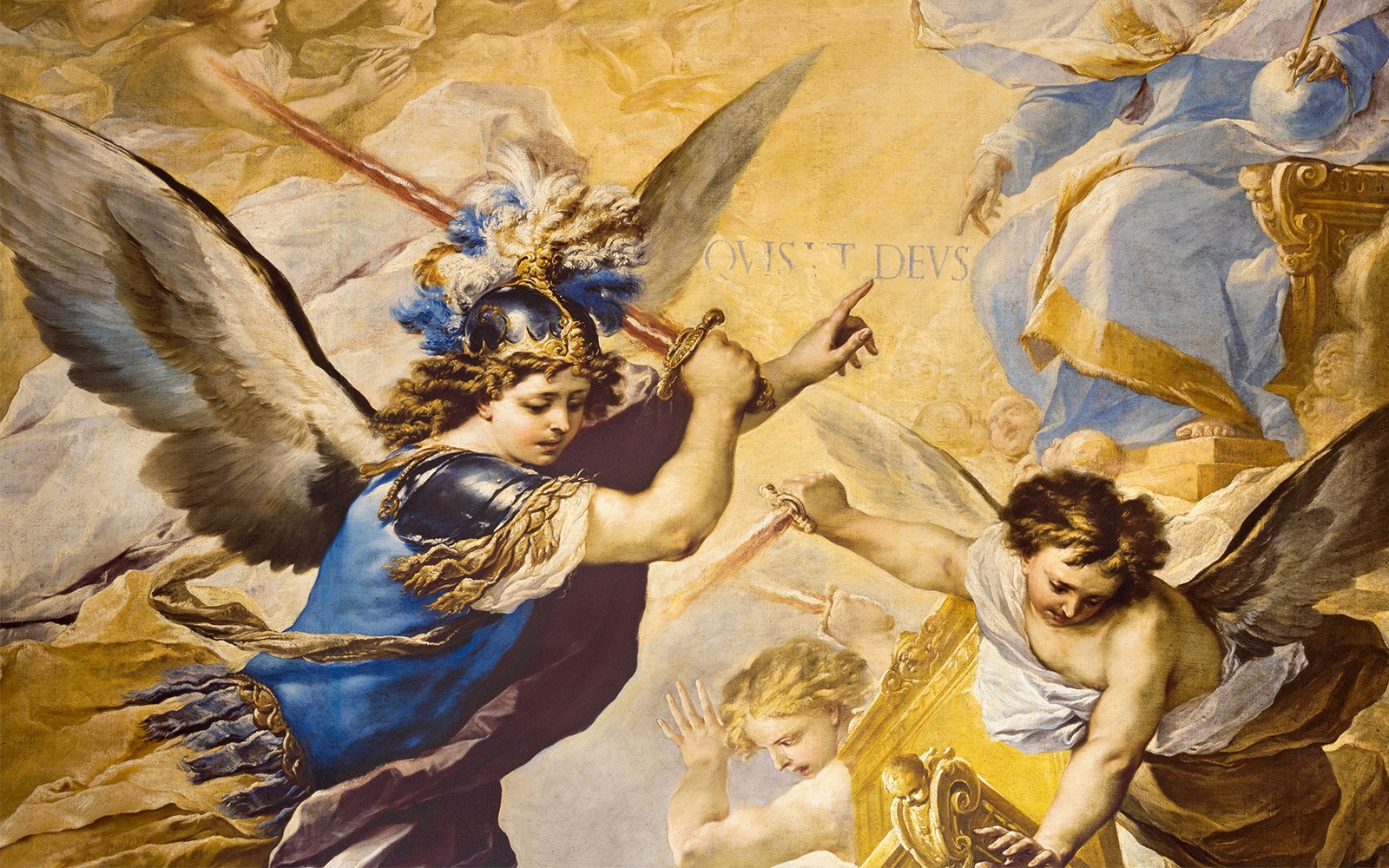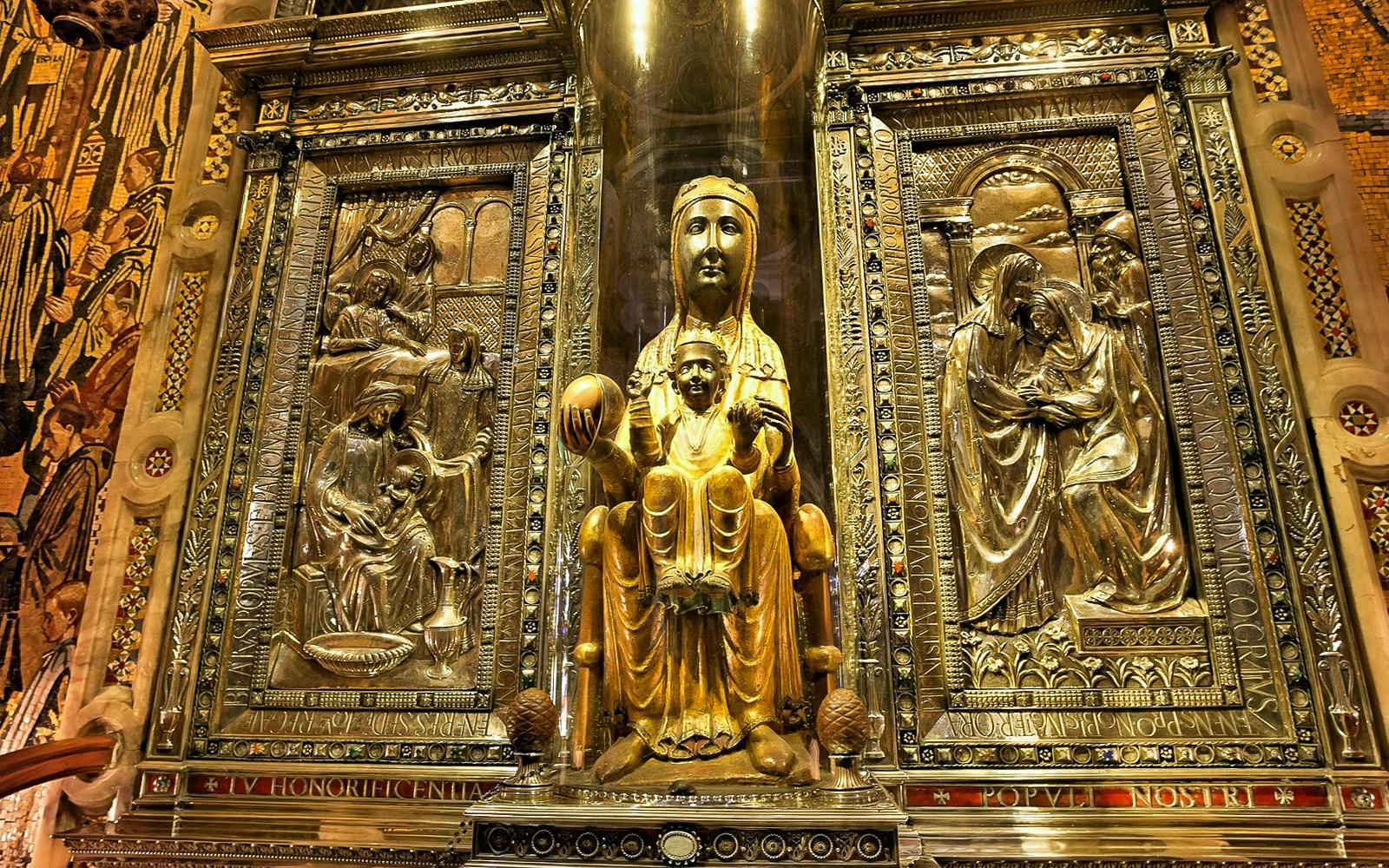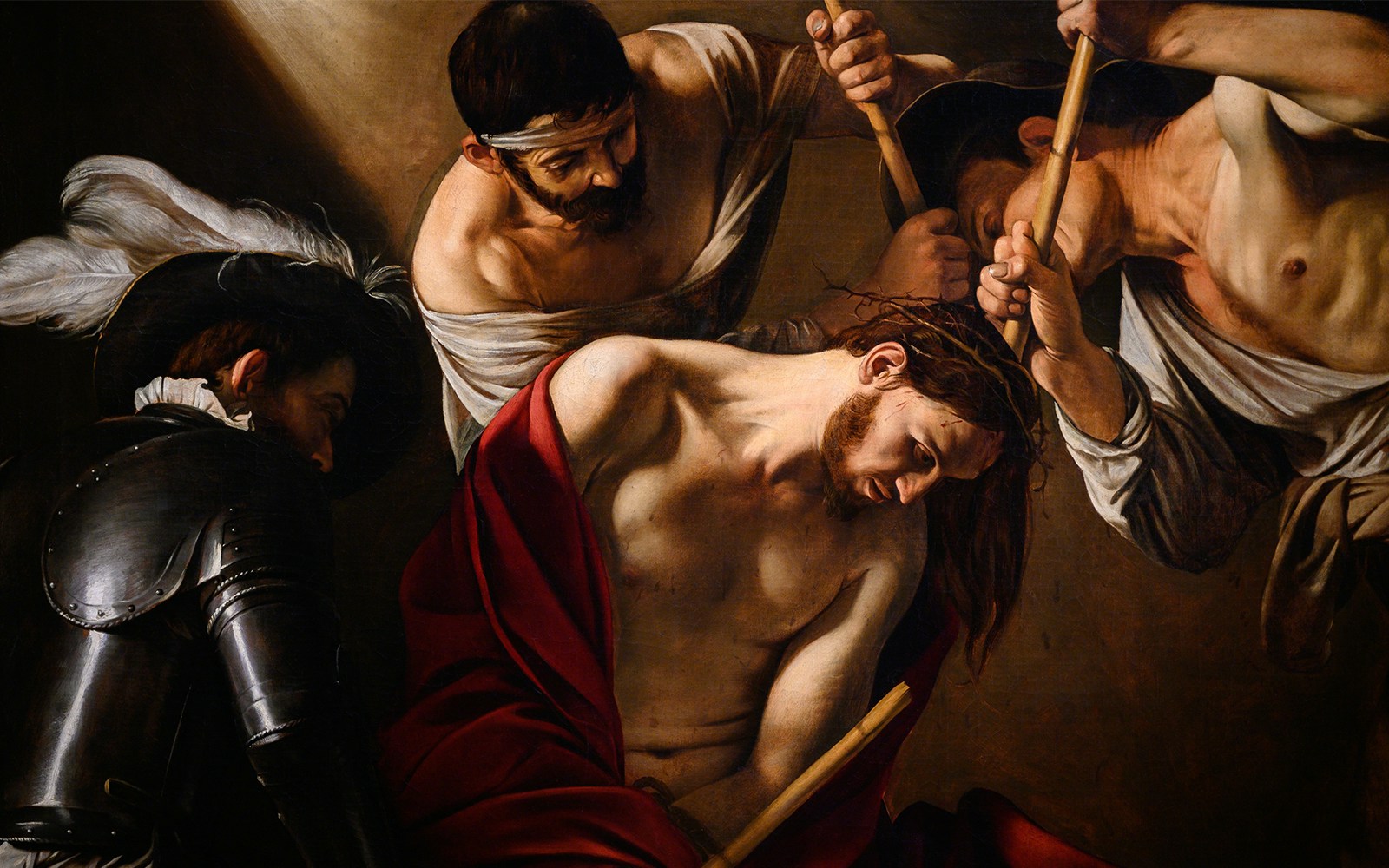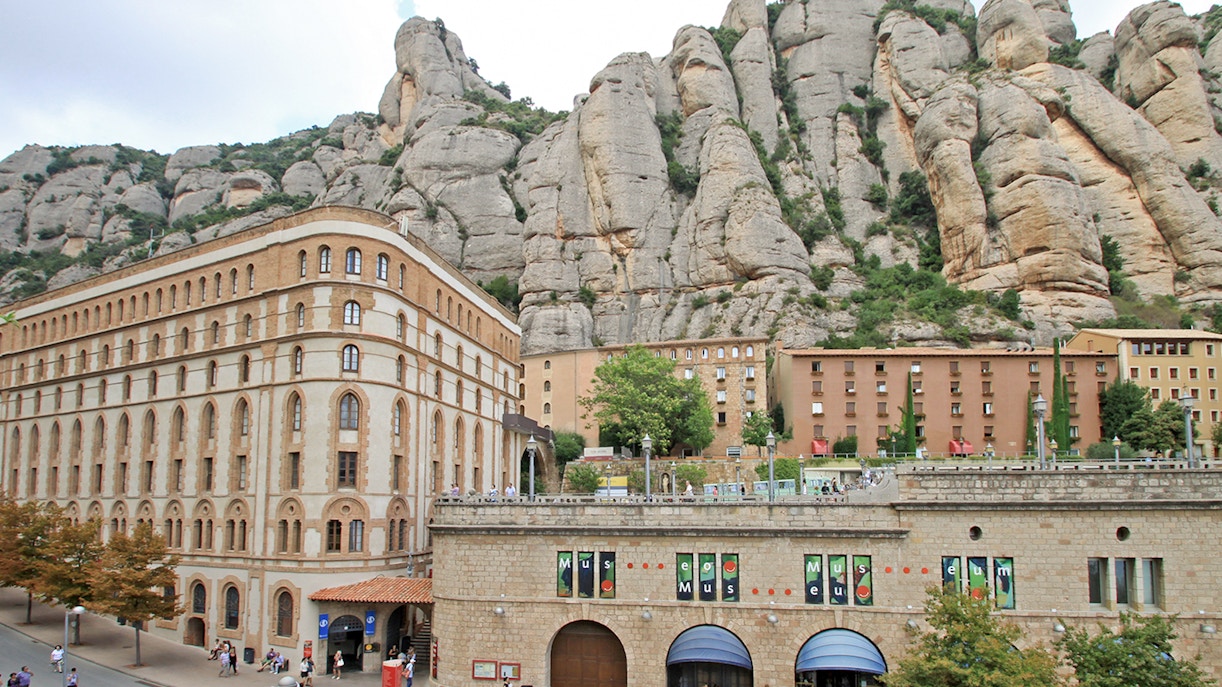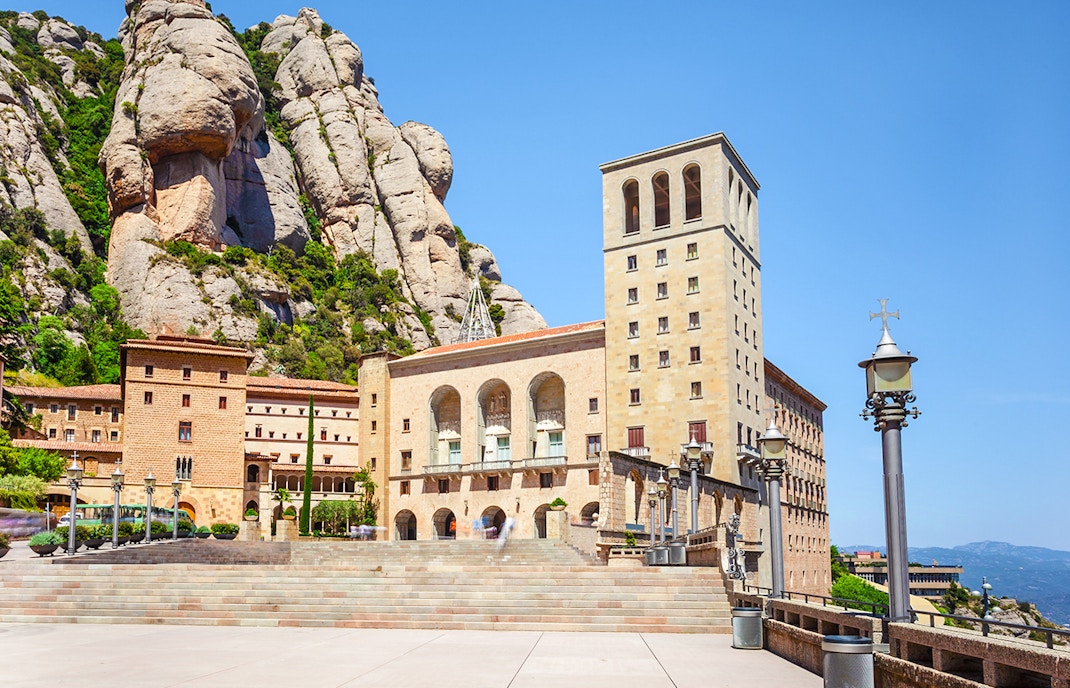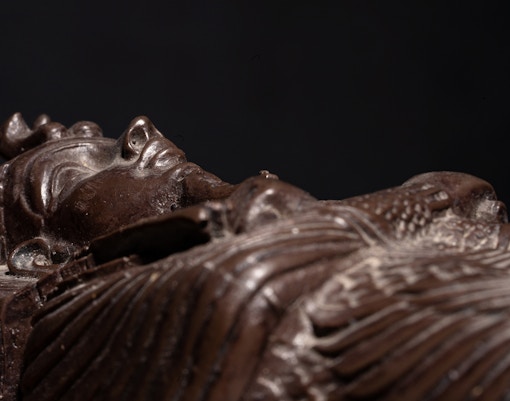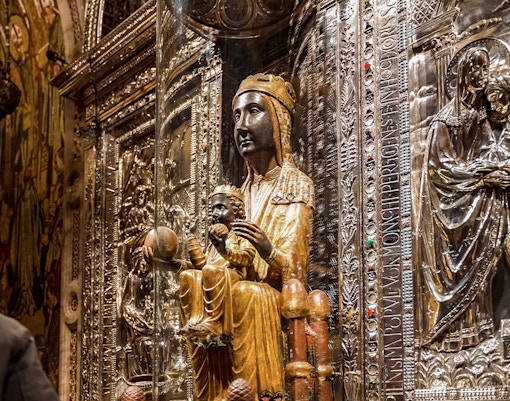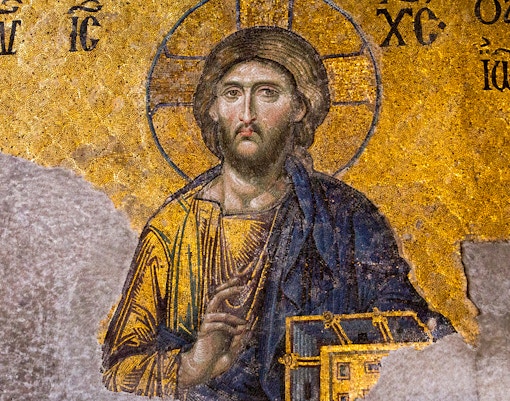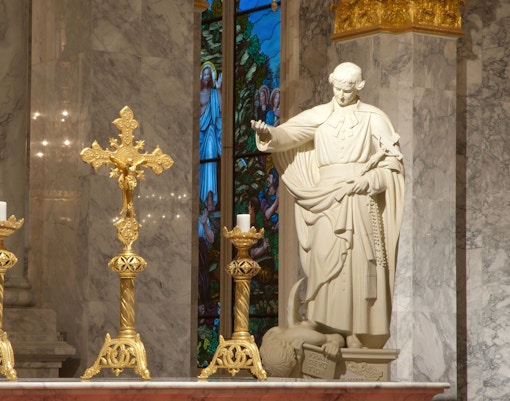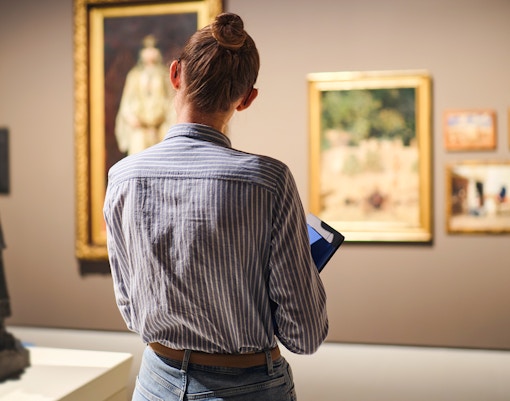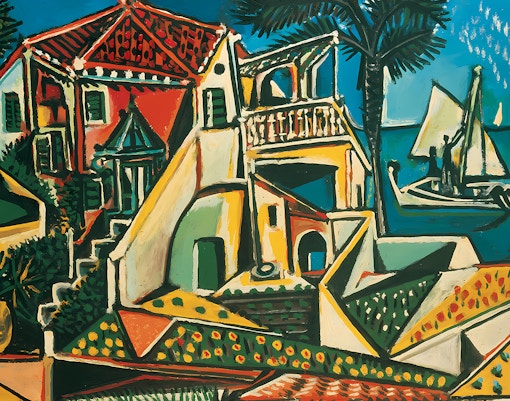Designed by Josep Puig i Cadafalch in 1929, the museum covers 1,500 square meters, it was renovated between 1980 and 1982 to improve its design and functionality. The museum is divided into sections that make exploring its exhibits easy:
- Our Lady of Montserrat – Art dedicated to the Black Madonna.
- Phos Hilaron Icons – Religious art from Byzantine and Slavic traditions.
- Goldsmithery Collection – Liturgical objects from the 15th to 20th centuries, showcasing craftsmanship over time.
